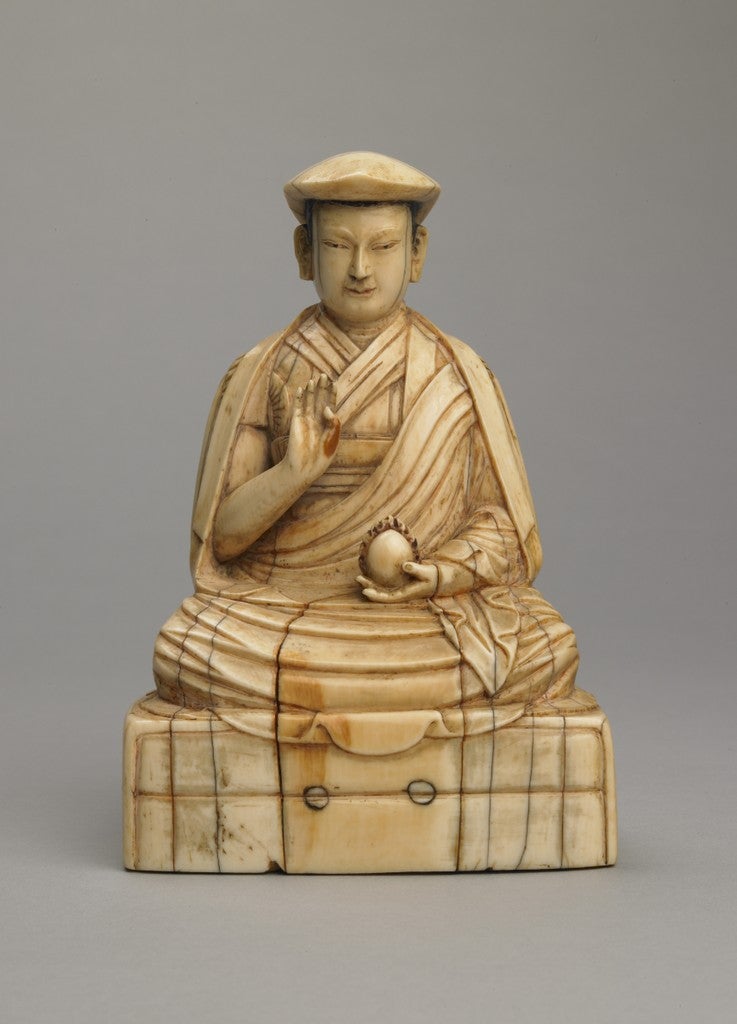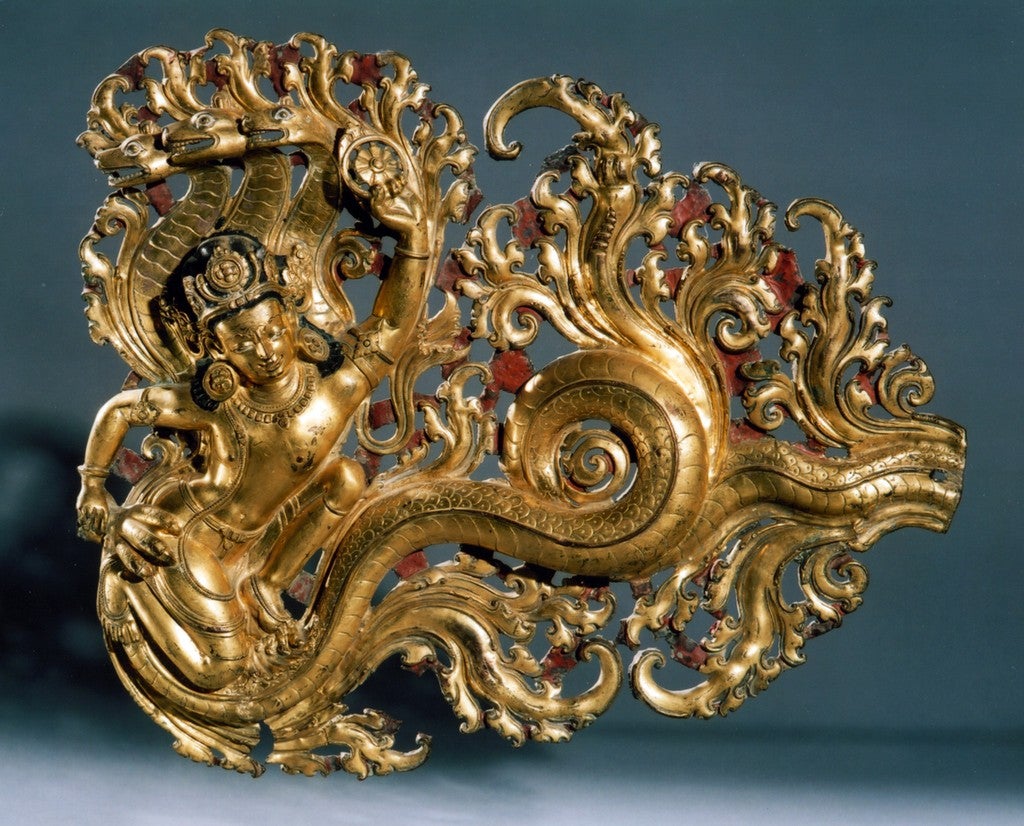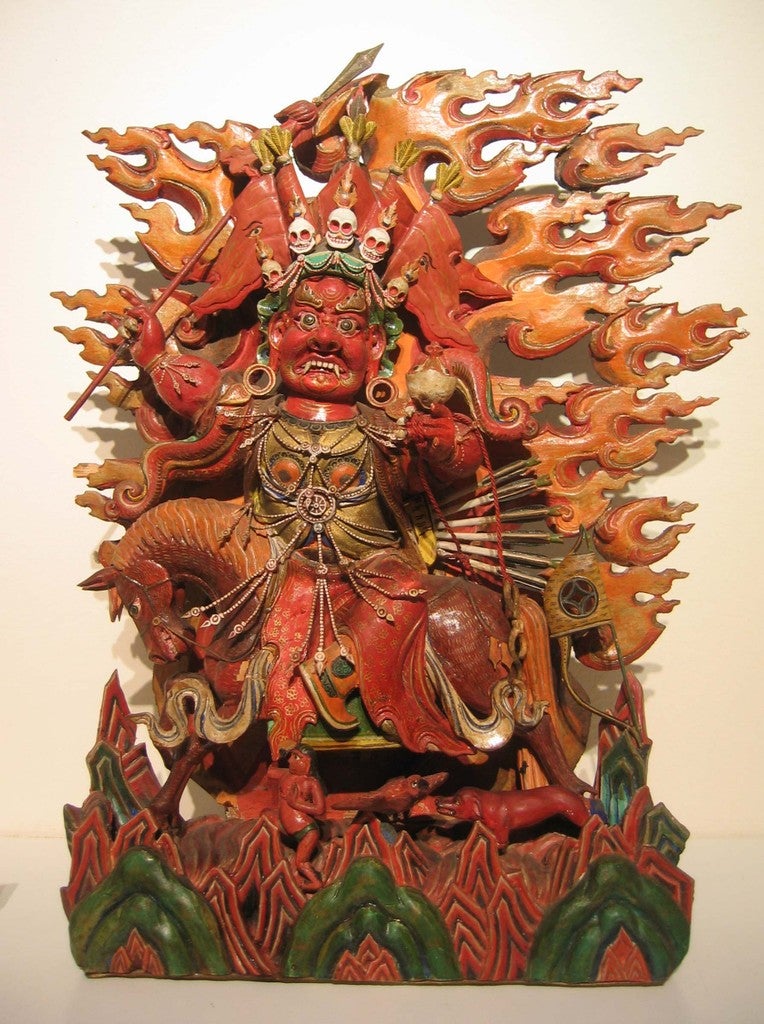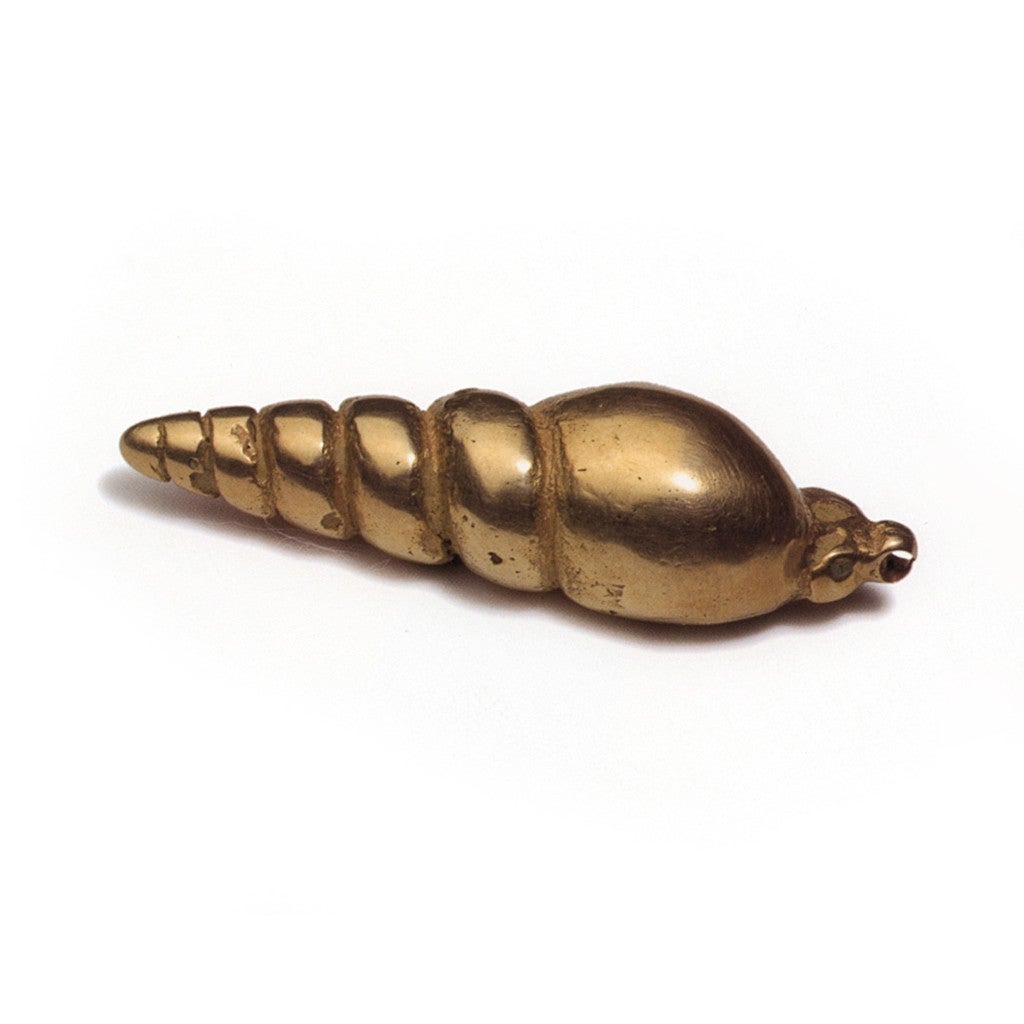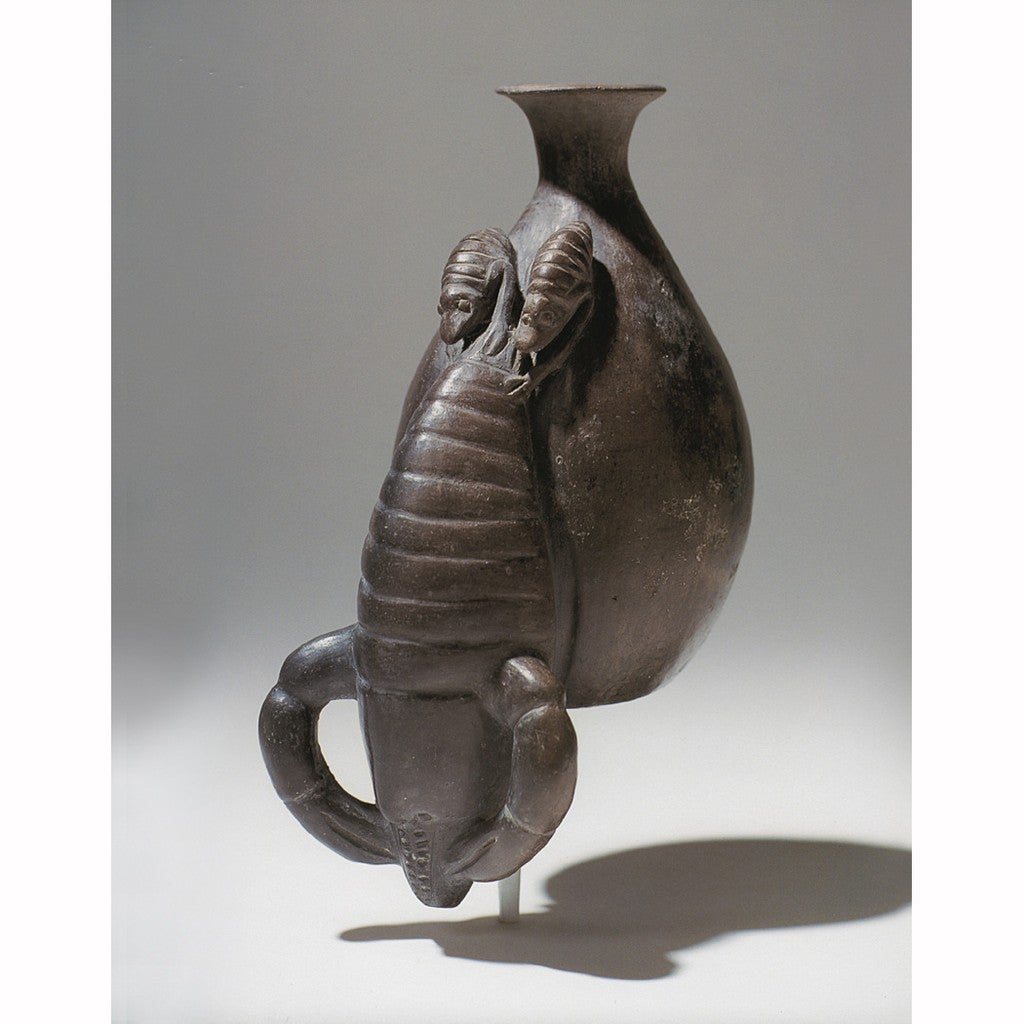
A collection of world art has been added to the Art Resource collection in Artstor: approximately 1,500 images from the National Palace Museum, Taipei, The Rubin Museum of Art, Mingei International Museum, and The Newark Museum of Art. The selection features art from China, the Himalayas, Latin America, and Africa. The collections are presented in high-resolution images from Art Resource, the world’s largest stock photo archive of fine art, as well as a licensor for museums across the world.1
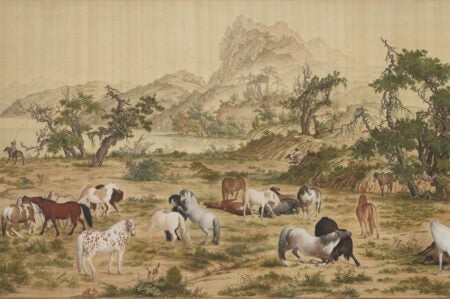
We invite you to uncover the treasures from this collection–these are just a few of the highlights. The selection includes nearly 600 images of Chinese art from the National Palace Museum, with important examples of scroll paintings and calligraphy displayed both in full views and in comprehensive details. Among these are the One Hundred Horses scroll, 1728, by Father Giuseppe Castiglione, who distinctively blended western and Chinese techniques in fully differentiated depictions of 100 equines, as well as the beloved mountainscape scroll of Zhao Mengfu, Autumn Colors, that combines calligraphic and painterly skills.
From The Rubin Museum, an eclectic range of Buddhist works offers a minutely crafted ivory figure of a 15th-century abbott, Lama Gyalwa Lhachog Senge; a tiny bronze mongoose, 17th century, a likely fragment from a Ganesha sculpture; a formidable and ornate Naga King, 14th century, a spirit both human and snake; and a wooden carving of the Tsiu Marpo, 19th century, a protector deity enshrined in flames.
Mingei Museum takes its name from the Japanese mingei, meaning art of the people. The selection in Artstor comprises approximately 300 works of folk art, decorative arts, jewelry, and fashion from communities in the Americas and the Caribbean, and Asia. The exceptional gold work of the Tairona people is exemplified by a refined shell pendant, 1000 – 1600 C.E.; a hybrid blackware pottery style of the Chimú and Inca people of Peru is displayed in the Ceremonial Sprinkler with Lobster…, 1430 – 1540 CE.; and the artistry of an unknown creator shines in the brilliant lines and colors of the Pintura de Estambre (yarn painting), 20th century, from Nayarit.
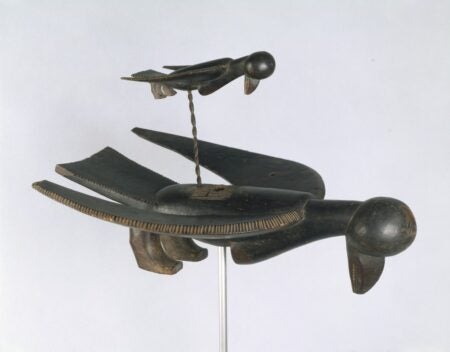

A limited sampling is also offered from the Newark Museum of Art, providing a diverse array of works by Indigenous artists from North America, as well as art from south and east Asia, and Africa–notably a finial from the Senufo people, and a gold ring from the Ashanti, both dominated by striking birds.
View the entire collection on JSTOR
—Nancy Minty, collections editor
1Artstor also includes other collections provided by Art Resource that are highly valued by our community, including Erich Lessing Culture and Fine Arts Archives and Réunion des Musées Nationaux (RMN), both of which focus primarily on western art.
